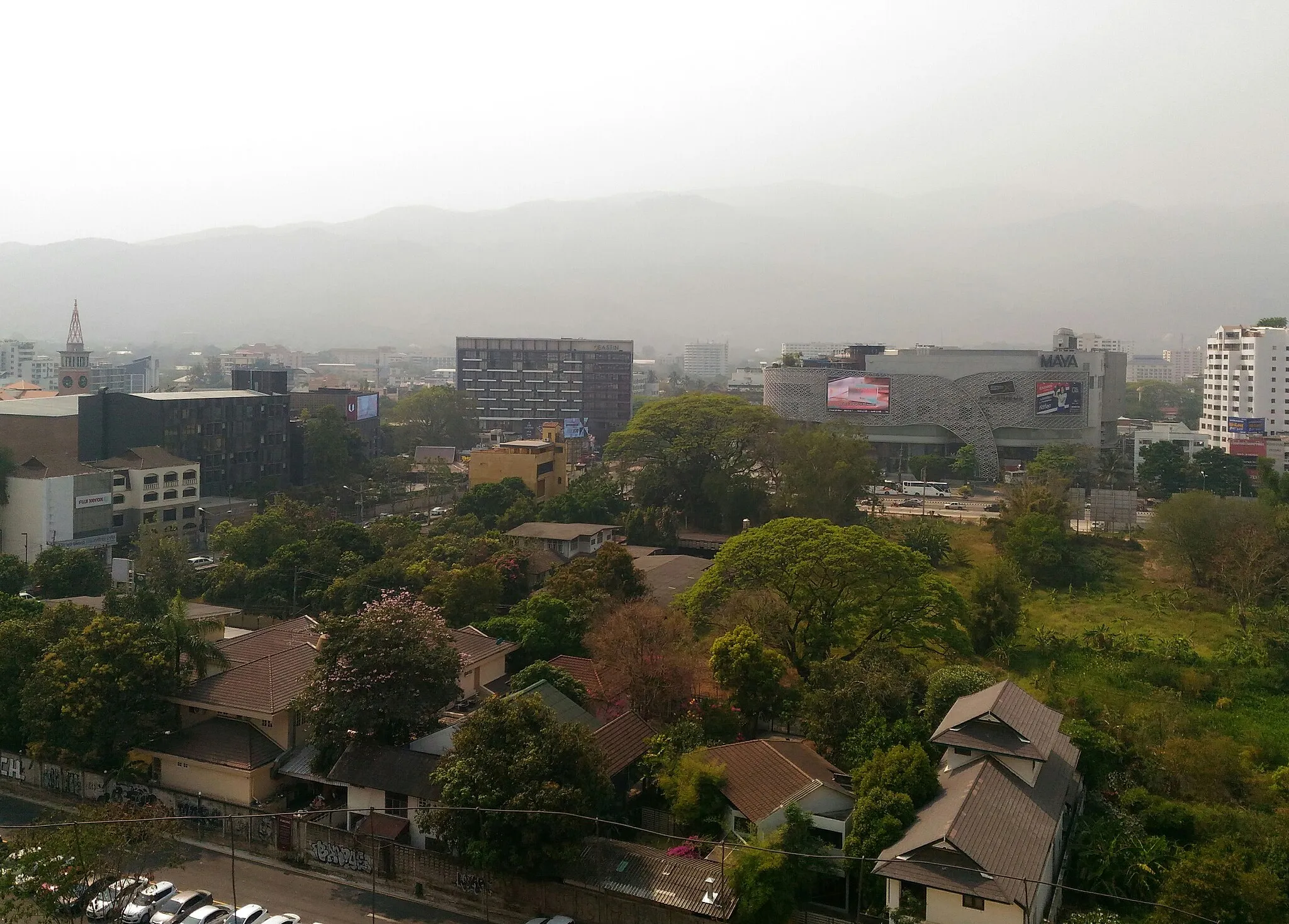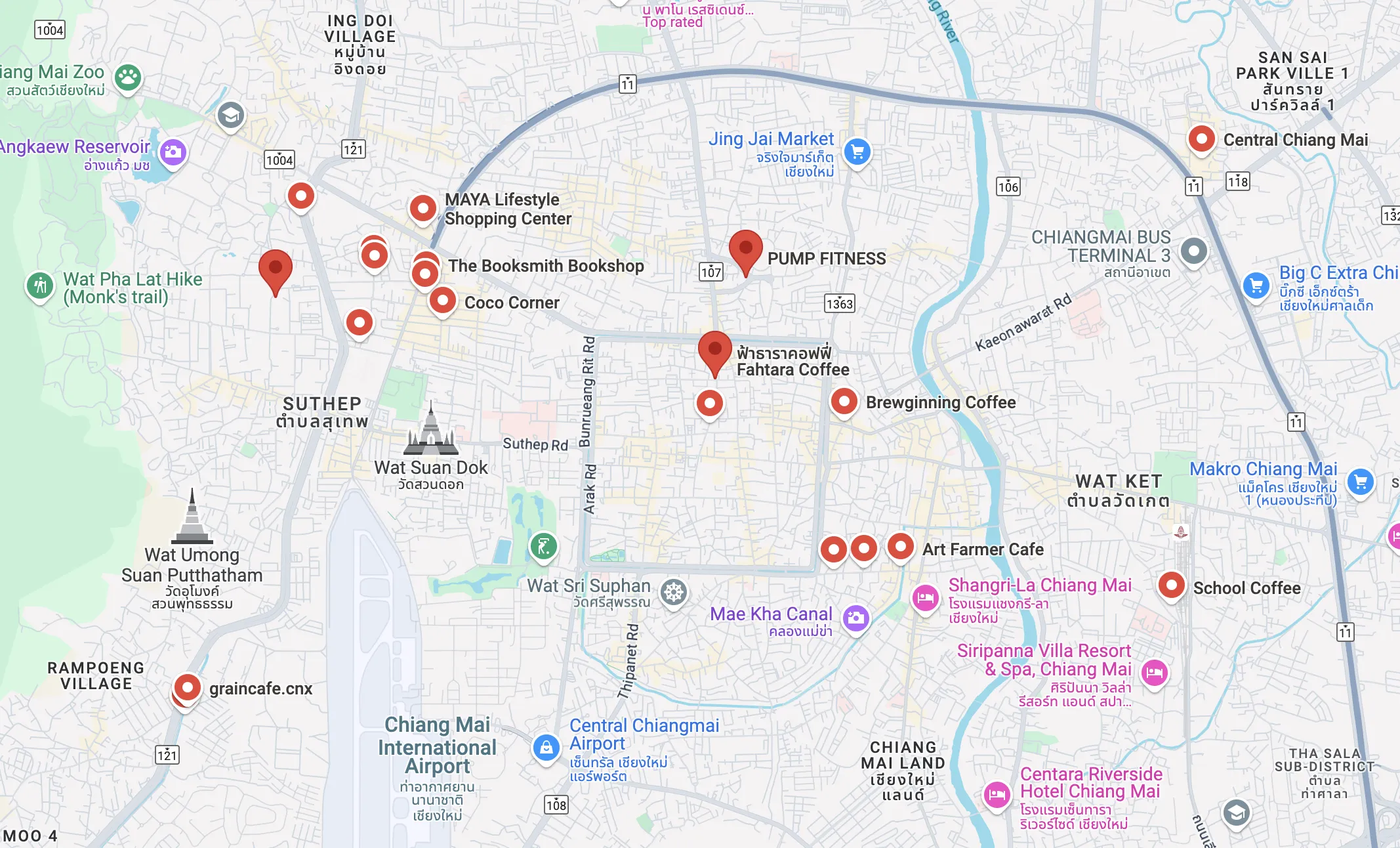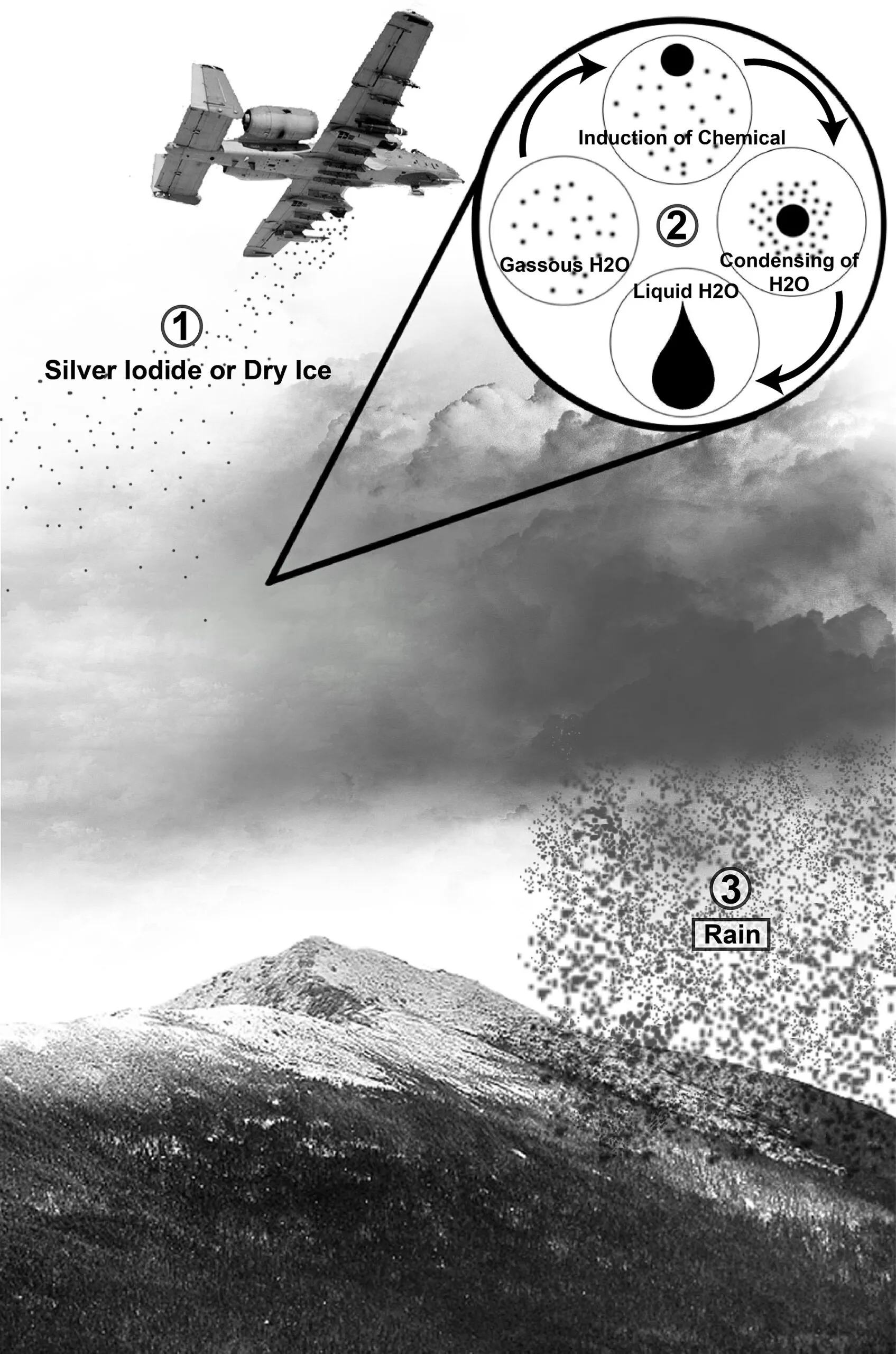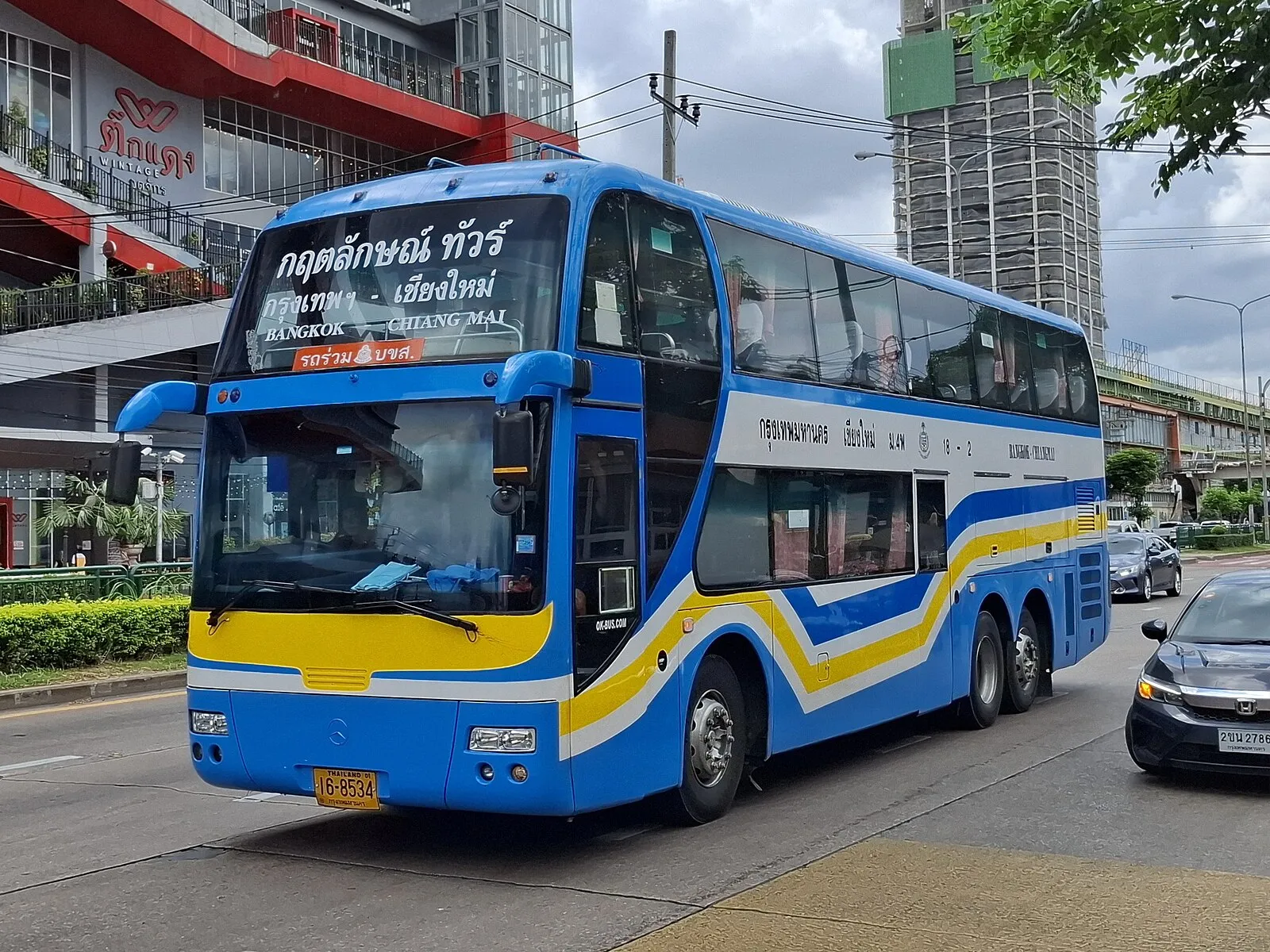Polution and Air Quality
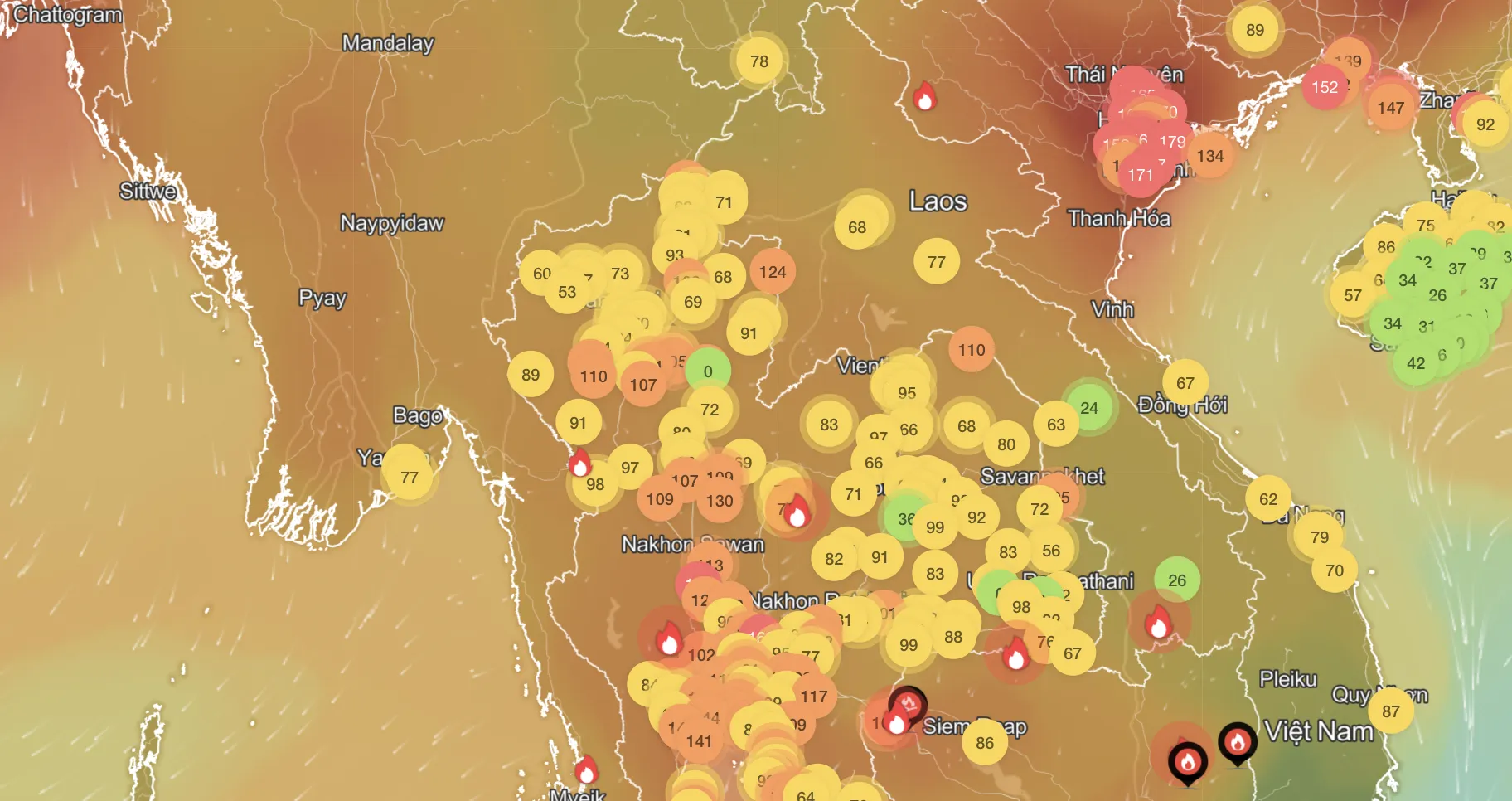
Learn more about pollution and air quality index during the hot season in Thailand
What is the Air Quality Index (AQI)?
-
Good (0-50): Air quality is considered satisfactory, and air pollution poses little or no risk.
-
Moderate (51-100): Air quality is acceptable; however, for some pollutants, there may be a moderate health concern for a very small number of people who are unusually sensitive to air pollution.
-
Unhealthy for Sensitive Groups (101-150): Members of sensitive groups may experience health effects. The general public is not likely to be affected.
-
Unhealthy (151-200): Everyone may begin to experience health effects; members of sensitive groups may experience more serious health effects.
-
Very Unhealthy (201-300): Health alert: everyone may experience more serious health effects.
-
Hazardous (301-500): Health warning of emergency conditions. The entire population is more likely to be affected.
Pollution Trends in Chiang Mai
-
The AQI in Chiang Mai has been reported to reach levels considered “Unhealthy for Sensitive Groups” to “Unhealthy” during peak times in the hot season.
-
Wildfires and agricultural burning significantly contribute to these spikes.
Air Quality during the hot season
-
Check Local News: Local news and social media channels often update on air quality conditions.
Protecting Your Health
-
Wear Masks: An N95 or KN95 mask can filter out most PM2.5 particles. Have one handy, especially if you’re sensitive to pollutants.
- Cheap surgical masks do not filter out any PM2.5 particles as these masks do not close around the nose and mouth.
-
Stay Indoors: When the AQI is high, particularly for those with respiratory issues, it’s better to limit outdoor activities. Keep windows and doors closed and use air purifiers if available or spend time in shopping malls.
-
Hydrate and Monitor Health: Drink plenty of water as the hot weather and PM2.5 dust can dehydrate your body quicker, and if you feel any respiratory discomfort, consider consulting a healthcare provider.
-
Plan Activities Accordingly: Opt for indoor activities or visit areas less affected by pollution. Early mornings or late evenings might sometimes offer better air quality.
Engaging with Chiang Mai Responsibly
-
Support Local Initiatives: Look for ways to support or learn about local efforts in reducing pollution, like sustainable farming practices or reforestation projects.
-
Be Informed: Stay updated through official channels or community groups about current burn bans or environmental policies.
Places with air purifiers (f.e. coffeeshops)
We created a list of places that have / had air purifiers during the hot season. Hopefully these locations help you during the dusty days. If you have any feedback or suggestions on this list, please let us know so we can update our information (and the list) accordingly!
Click on the Google Maps image below to open it in Google Maps, or click this link.
Cloud Seeding in Chiang Mai: Thai Rainmaking Technique
To clean and purify the air from heavy dust and PM2.5 particles, a practice named Cloudy Seeding is conducted in Thailand (and other places in the world).
Cloud seeding is a weather modification technique where substances like silver iodide or dry ice are dispersed into clouds to encourage precipitation. In Thailand, particularly in Chiang Mai, the government employs this method through the Royal Rainmaking Project, initiated by King Bhumibol Adulyadej in the 1950s to combat drought and improve air quality. The Thai Department of Royal Rainmaking and Agricultural Aviation uses aircraft to release chemicals into the atmosphere, aiming to induce rainfall, especially during dry seasons or when air pollution spikes due to PM2.5 levels. This process involves three stages: “agitating” to form clouds, “fattening” to increase droplet size, and “attacking” to trigger rain. While the effectiveness of cloud seeding can be debated, it remains a part of Thailand’s strategy to manage water resources and address environmental challenges like those experienced in Chiang Mai.

